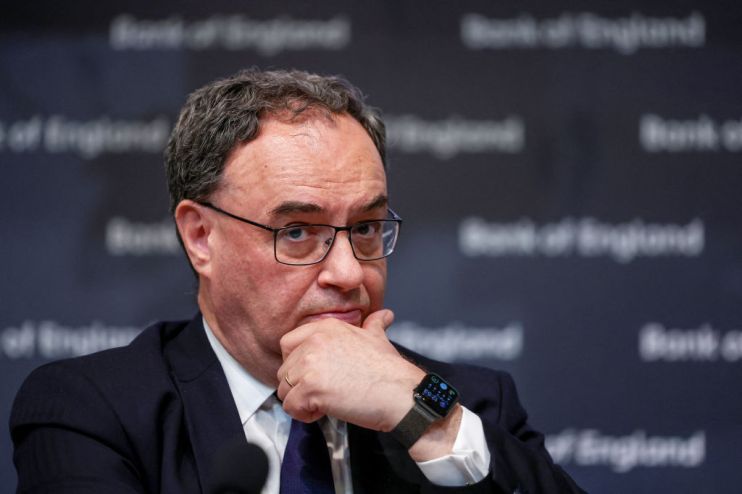Fight against inflation enters new phase after Bank of England holds interest rates again

The battle against inflation has clearly entered a new phase after the Bank of England left interest rates on hold again.
For the first time since late 2021, the Fed, Bank of England and European Central Bank have all left interest rates on hold.
Across the west, interest rates now stand at their highest level since the financial crisis, even higher in the US and Europe.
Is this the end of rate hikes? All three central banks have stressed that their options remain open, so another hike is not completely off the cards.
The Fed pointed out that the US economy was still “strong” while Andrew Bailey, governor of the Bank of England said “we’ll be watching closely to see if further rates increases are needed,” he said.
But markets think rate hikes are over. Central banks are now firmly in the higher-for-longer phase.
By keeping interest rates at an elevated level for an extended period of time, central banks hope to decisively stamp out the lingering presence of inflation. Having been surprised by its rapid arrival around two years ago, they’re hardly going to let it have a renaissance now.
To use Huw Pill’s preferred metaphor, we are travelling along the plateau of Table Mountain.
The obvious question is: for how long will rates be kept higher?
Inflation is at different levels across the three jurisdictions. While inflation is at 3.7 per cent in the US and 2.9 per cent in the eurozone, it remains stuck at 6.7 per cent in the UK.
This suggests that the Bank of England has a bit more work to do, and the Monetary Policy Committee (MPC) made it clear today that it would be willing to step in to hike rates again if circumstances require.
But policymakers are confident that inflation will fall fast over the coming months and they are also nervous of overtightening.
Estimates vary, but in the UK – thanks to the rise of fixed-mortgages – only around half of the effect of higher interest rates has been felt so far. That means there’s still a lot of impact to be felt down the line.
So long as key indicators in the UK – such as wage growth and services inflation – do not reverse their progress, then the long lags of monetary policy will continue flowing through the economy.
The three economies have also been growing at vastly different rates. Both the UK and eurozone have more or less stagnated while the US economy grew at an annualised rate of 4.9 per cent in the third quarter.
This is unlikely to last. New forecasts for the UK suggest that growth will essentially flatline next year and barely pick up in 2025. Growth is expected to slip in the US and remain flat in the EU too.
In the face of slow growth, which will only get slower, the determination of central banks will be tested. They might find themselves having to cut rates sooner than expected to support the economy.